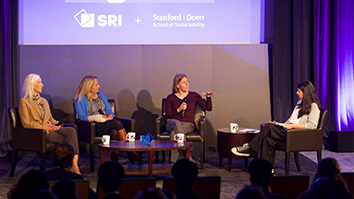Citation
R. De Mori, F. Bechet, D. Hakkani-Tur, M. McTear, G. Riccardi and G. Tur, “Spoken language understanding,” in IEEE Signal Processing Magazine, vol. 25, no. 3, pp. 50-58, May 2008, doi: 10.1109/MSP.2008.918413.
Abstract
Semantics deals with the organization of meanings and the relations between sensory signs or symbols and what they denote or mean. Computational semantics performs a conceptualization of the world using computational processes for composing a meaning representation structure from available signs and their features present, for example, in words and sentences. Spoken language understanding (SLU) is the interpretation of signs conveyed by a speech signal. SLU and natural language understanding (NLU) share the goal of obtaining a conceptual representation of natural language sentences. Specific to SLU is the fact that signs to be used for interpretation are coded into signals along with other information such as speaker identity. Furthermore, spoken sentences often do not follow the grammar of a language; they exhibit self-corrections, hesitations, repetitions, and other irregular phenomena. SLU systems contain an automatic speech recognition (ASR) component and must be robust to noise due to the spontaneous nature of spoken language and the errors introduced by ASR. Moreover, ASR components output a stream of words with no structure information like punctuation and sentence boundaries. Therefore, SLU systems cannot rely on such markers and must perform text segmentation and understanding at the same time.


